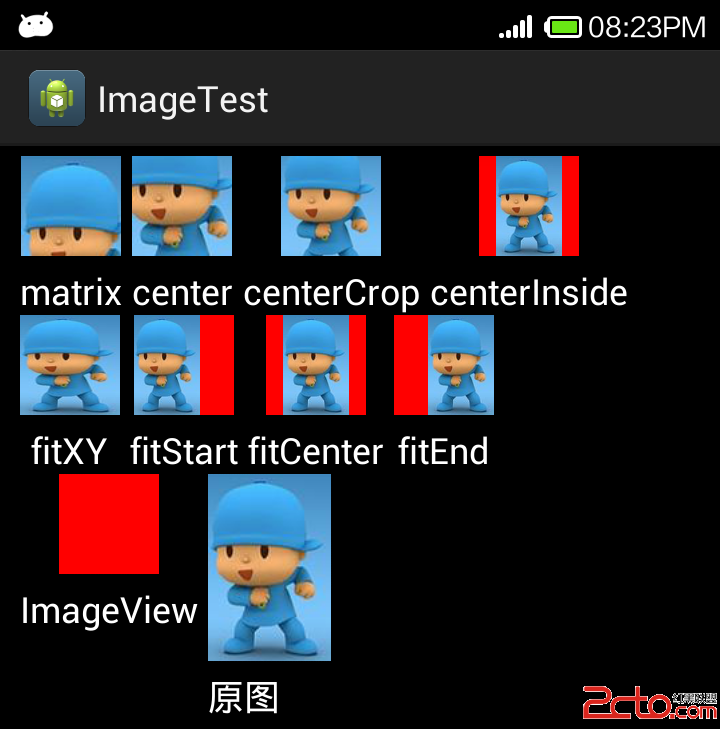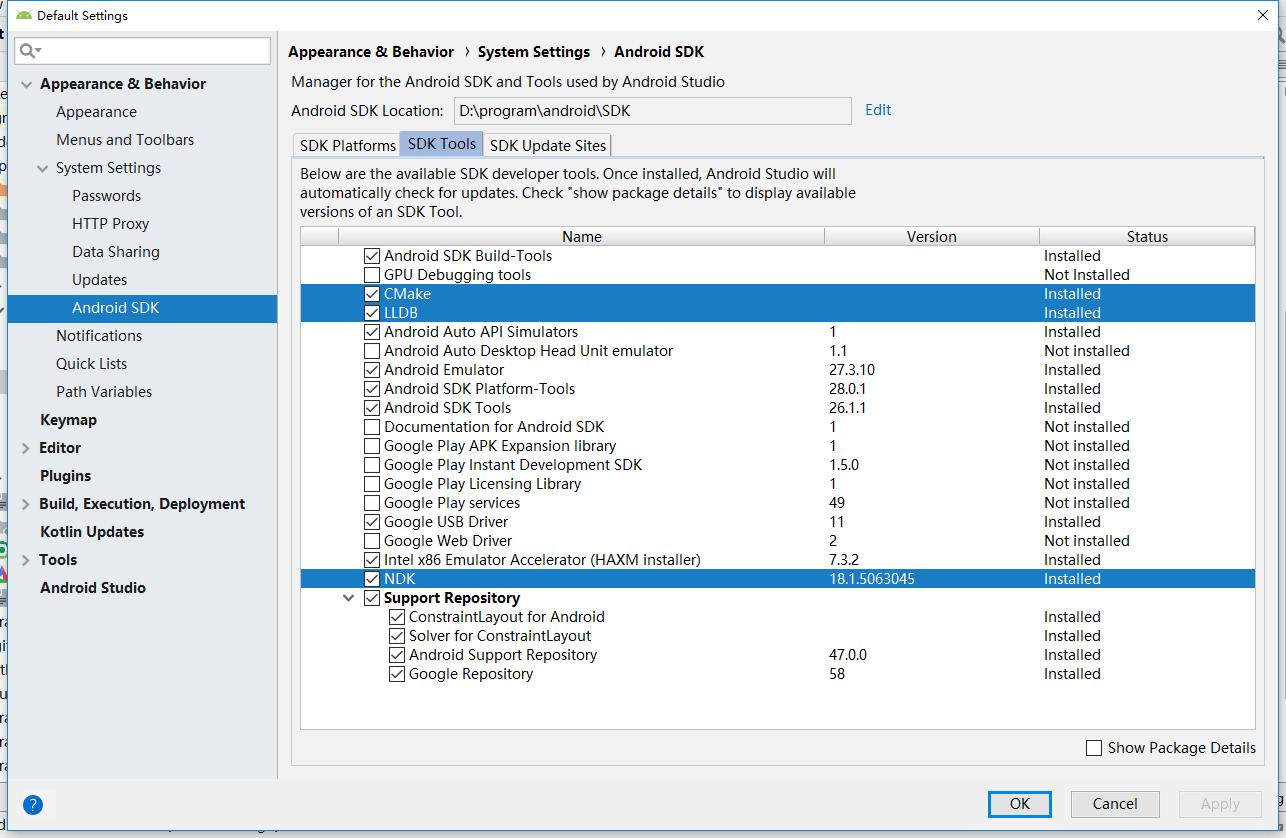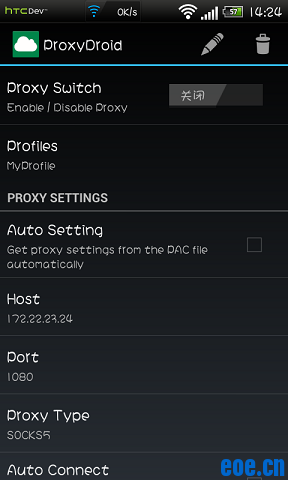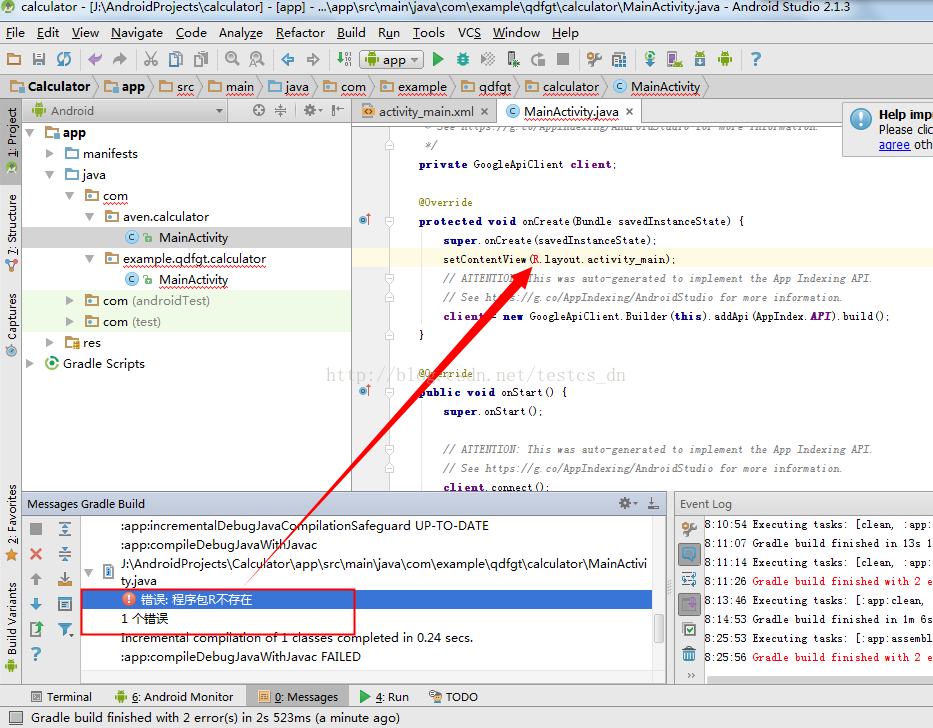一、绘制流程源码路径
1、Activity加载ViewRootImpl
ActivityThread.handleResumeActivity() --> WindowManagerImpl.addView(decorView,layoutParams) --> WindowManagerGlobal.addView()
2、ViewRootImpl启动View树的遍历
ViewRootImpl.setView(decorView,layoutParams,parentView) -->ViewRootImpl.requestLayout() -->scheduleTraversals() -->TraversalRunnable.run() -->doTraversal() -->performTraversals()(performMeasure、performLayout、performDraw)
二、View绘制流程
1、measure
(1)MeasureSpec是什么?
重写过onMeasure()方法都知道,测量需要用到MeasureSpec类获取View的测量模式和大小,那么这个类是怎样存储这两个信息呢?
留心观察的话会发现,onMeasure方法的两个参数实际是32位int类型数据,即:
00 000000 00000000 00000000 00000000
而其结构为 mode + size ,前2位为mode,而后30位为size。
==> getMode()方法(measureSpec --> mode):
private static final int MODE_SHIFT = 30;
// 0x3转换为二进制即为:11
// 左移30位后:11000000 00000000 00000000 00000000
private static final int MODE_MASK = 0x3 << MODE_SHIFT;
public static int getMode(int measureSpec) {
// 与MODE_MASK按位与运算后,即将低30位清零,结果为mode左移30位后的值
return (measureSpec & MODE_MASK);
}
getSize()方法同理。
==> makeMeasureSpec()方法(mode + size --> measureSpec):
public static int makeMeasureSpec(
@IntRange(from = 0,to = (1 << MeasureSpec.MODE_SHIFT) - 1) int size,@MeasureSpecMode int mode) {
if (sUseBrokenMakeMeasureSpec) {
return size + mode;
} else {
return (size & ~MODE_MASK) | (mode & MODE_MASK);
}
}
这里解释一下,按位或左侧为size的高2位清零后的结果,右侧为mode的低30位清零后的结果,两者按位或运算的结果正好为高2位mode、低30位size,例:
01000000 00000000 00000000 00000000 | 00001000 00001011 11110101 10101101 = 01001000 00001011 11110101 10101101
二进制计算规则可参考:https://www.jb51.net/article/166892.htm
==> 测量模式:
public static final int UNSPECIFIED = 0 << MODE_SHIFT; public static final int EXACTLY = 1 << MODE_SHIFT; public static final int AT_MOST = 2 << MODE_SHIFT;
UNSPECIFIED:父容器不对View作任何限制,系统内部使用。
EXACTLY:精确模式,父容器检测出View大小,即为SpecSize;对应LayoutParams中的match_parent和指定大小的情况。
AT_MOST:最大模式,父容器指定可用大小,View的大小不能超出这个值;对应wrap_content。
(2)ViewGroup的测量流程
回到ViewRootImpl的performMeasure方法,这里传入的参数为顶层DecorView的测量规格,其测量方式为:
private static int getRootMeasureSpec(int windowSize,int rootDimension) {
int measureSpec;
switch (rootDimension) {
case ViewGroup.LayoutParams.MATCH_PARENT:
measureSpec = MeasureSpec.makeMeasureSpec(windowSize,MeasureSpec.EXACTLY);
break;
case ViewGroup.LayoutParams.WRAP_CONTENT:
measureSpec = MeasureSpec.makeMeasureSpec(windowSize,MeasureSpec.AT_MOST);
break;
default:
measureSpec = MeasureSpec.makeMeasureSpec(rootDimension,MeasureSpec.EXACTLY);
break;
}
return measureSpec;
}
match_parent和具体数值大小为EXACTLY模式,wrap_content则为AT_MOST模式。
往下走,performMeasure方法中调用了DecorView的onMeasure方法,而DecorView继承自FrameLayout,可以看到FL的onMeasure方法中调用了measureChildWithMargins方法,并传入自身的测量规格:
protected void measureChildWithMargins(View child,int parentWidthMeasureSpec,int widthUsed,int parentHeightMeasureSpec,int heightUsed) {
final MarginLayoutParams lp = (MarginLayoutParams) child.getLayoutParams();
final int childWidthMeasureSpec = getChildMeasureSpec(parentWidthMeasureSpec,mPaddingLeft + mPaddingRight + lp.leftMargin + lp.rightMargin
+ widthUsed,lp.width);
final int childHeightMeasureSpec = getChildMeasureSpec(parentHeightMeasureSpec,mPaddingTop + mPaddingBottom + lp.topMargin + lp.bottomMargin
+ heightUsed,lp.height);
child.measure(childWidthMeasureSpec,childHeightMeasureSpec);
}
即测量子控件的大小,测量规则详情可看getChildMeasureSpec方法,总结如下:
| childLayoutParams\parentSpecMode | EXACTLY | AT_MOST | UNSPECIFIED |
|---|---|---|---|
| dp | EXACTLY/childSize | EXACTLY/childSize | EXCATLY/childSize |
| match_parent | EXACTLY/parentSize | AT_MOST/parentSize | UNSPECIFIED/0 |
| wrap_content | AT_MOST/parentSize | AT_MOST/parentSize | UNSPECIFIED/0 |
回到onMeasure方法,测完子控件之后,ViewGroup会经过一些计算,得出自身大小:
// 加上padding
maxWidth += getPaddingLeftWithForeground() + getPaddingRightWithForeground();
maxHeight += getPaddingTopWithForeground() + getPaddingBottomWithForeground();
// 检查是否小于最小宽度、最小高度
maxHeight = Math.max(maxHeight,getSuggestedMinimumHeight());
maxWidth = Math.max(maxWidth,getSuggestedMinimumWidth());
// 检查Drawable的最小高度和宽度
final Drawable drawable = getForeground();
if (drawable != null) {
maxHeight = Math.max(maxHeight,drawable.getMinimumHeight());
maxWidth = Math.max(maxWidth,drawable.getMinimumWidth());
}
setMeasuredDimension(resolveSizeAndState(maxWidth,widthMeasureSpec,childState),resolveSizeAndState(maxHeight,heightMeasureSpec,childState << MEASURED_HEIGHT_STATE_SHIFT));
综上,ViewGroup的测量需要先测量子View的大小,而后结合padding等属性计算得出自身大小。
(3)View的测量流程
View.performMeasure() -->onMeasure(int widthMeasureSpec,int heightMeasureSpec) -->setMeasuredDimension(int measuredWidth,int measuredHeight) -->setMeasuredDimensionRaw(int measuredWidth,int measuredHeight)
可以看到setMeasuredDimensionRaw()方法:
private void setMeasuredDimensionRaw(int measuredWidth,int measuredHeight) {
// 存储测量结果
mMeasuredWidth = measuredWidth;
mMeasuredHeight = measuredHeight;
// 设置测量完成的标志位
mPrivateFlags |= PFLAG_MEASURED_DIMENSION_SET;
}
View不需要考虑子View的大小,根据内容测量得出自身大小即可。
另外,View中的onMeasure方法中调用到getDefaultSize方法:
protected void onMeasure(int widthMeasureSpec,int heightMeasureSpec) {
setMeasuredDimension(getDefaultSize(getSuggestedMinimumWidth(),widthMeasureSpec),getDefaultSize(getSuggestedMinimumHeight(),heightMeasureSpec));
}
public static int getDefaultSize(int size,int measureSpec) {
int result = size;
int specMode = MeasureSpec.getMode(measureSpec);
int specSize = MeasureSpec.getSize(measureSpec);
switch (specMode) {
case MeasureSpec.UNSPECIFIED:
result = size;
break;
case MeasureSpec.AT_MOST:
case MeasureSpec.EXACTLY:
// 最终测量的结果都是父容器的大小
result = specSize;
break;
}
return result;
}
这里看到精确模式和最大模式,最终测量的结果都是父容器的大小,即布局中的wrap_content、match_parent以及数值大小效果都一样,这也就是自定义View一定要重写onMeasure方法的原因。
2、layout
布局相对测量而言要简单许多,从ViewRootImpl的performLayout方法出发,可以看到其中调用了DecorView的layout方法:
// 实则为DecorView的left,top,right,bottom四个信息 host.layout(0,host.getMeasuredWidth(),host.getMeasuredHeight());
进入layout方法,发现l、t、r、b被传递到了setFrame方法中,并设置给了成员变量:
mLeft = left; mTop = top; mRight = right; mBottom = bottom;
所以,布局实际为调用View的layout方法,设置自身的l、t、r、b值。另外,layout方法中往下走,可以看到调用了onLayout方法,进入后发现为空方法。因而查看FrameLayout的onLayout方法:
@Override
protected void onLayout(boolean changed,int left,int top,int right,int bottom) {
layoutChildren(left,bottom,false /* no force left gravity */);
}
void layoutChildren(int left,int bottom,boolean forceLeftGravity) {
final int count = getChildCount();
// 省略
for (int i = 0; i < count; i++) {
final View child = getChildAt(i);
if (child.getVisibility() != GONE) {
final LayoutParams lp = (LayoutParams) child.getLayoutParams();
// 省略
child.layout(childLeft,childTop,childLeft + width,childTop + height);
}
}
}
可以看到,进行一系列计算后,调用了child的layout方法,对子控件进行布局,同时子控件又会继续往下对自己的子控件布局,从而实现遍历。
综上,布局实际为调用layout方法设置View位置,ViewGroup则需要另外实现onLayout方法摆放子控件。
3、draw
(1)绘制过程入口
ViewRootImpl.performDraw() -->ViewRootImpl.draw() -->ViewRootImpl.drawSoftware() -->View.draw()
(2)绘制步骤
进入到View的draw方法中,可以看到以下一段注释:
/* * Draw traversal performs several drawing steps which must be executed * in the appropriate order: * * 1. Draw the background * 2. If necessary,save the canvas' layers to prepare for fading * 3. Draw view's content * 4. Draw children * 5. If necessary,draw the fading edges and restore layers * 6. Draw decorations (scrollbars for instance) */
结合draw方法的源码,绘制过程的关键步骤如下:
- ==> 绘制背景:drawBackground(canvas)
- ==> 绘制自己:onDraw(canvas)
- ==> 绘制子view:dispatchDraw(canvas)
- ==> 绘制滚动条、前景等装饰:onDrawForeground(canvas)
感谢大家的阅读和对我们的支持。

 ImageView的scaleType的属性有好几种,分别是matrix(默认)...
ImageView的scaleType的属性有好几种,分别是matrix(默认)... 文章浏览阅读8.8k次,点赞9次,收藏20次。本文操作环境:win1...
文章浏览阅读8.8k次,点赞9次,收藏20次。本文操作环境:win1... 文章浏览阅读3.8w次。前言:最近在找Android上的全局代理软件...
文章浏览阅读3.8w次。前言:最近在找Android上的全局代理软件... 文章浏览阅读2.5w次,点赞17次,收藏6次。创建项目后,运行项...
文章浏览阅读2.5w次,点赞17次,收藏6次。创建项目后,运行项...